Orthopedic Conditions
Osgood-Schlatter Disease (Knee Pain)
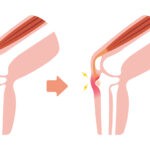
Osgood-Schlatter Disease is an overuse injury and not a disease. It affects the knees of growing children and adolescents who play sports that involve running or jumping. The main symptoms of Osgood-Schlatter Disease are pain and swelling. The vast majority of youth with Osgood-Schlatter Disease are treated successfully with non-surgical methods, and the condition rarely […]
Read More....Meniscus Tear

The knee joint is composed of three bones. The thigh bone (femur) sits on top of the larger leg bone (tibia). The kneecap (patella) glides in a groove on the end of the thigh bone. The menisci are two C-shaped cartilage discs that are located on the end of the tibia. The menisci help to […]
Read More....Knee Tendon Bursitis
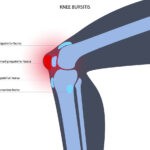
Knee tendon bursitis can develop at the inner (medial) knee as a result of trauma, overuse and degenerative joint disease. This painful inflammatory condition usually develops in athletes, middle-aged overweight women and older adults with arthritis. Knee Tendon Bursitis Symptoms Knee tendon bursitis causes swelling, tenderness and pain with certain movements, such as when climbing […]
Read More....Posterior Cruciate Ligament (PCL) Tear
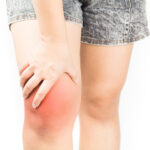
The posterior cruciate ligament (PCL) crosses inside of the knee joint with the anterior cruciate ligament (ACL), connecting the thighbone to the leg. PCL tears are not as common as ACL tears, but can result from certain twisting movements, falls or direct contact to the knee or shinbone during contact sports. PCL Tear Symptoms The […]
Read More....Anterior Cruciate Ligament (ACL) Tear
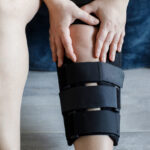
The anterior cruciate ligament (ACL) is one of the most commonly injured ligaments in the knee. Ligaments are strong non-elastic fibers that connect our bones together. The ACL crosses inside of the knee, connecting the thighbone to the leg. It provides stability to the knee joint. Your ACL can tear completely or partially and is […]
Read More....Hamstring Muscle Injuries

A pulled hamstring most frequently occurs among dancers and athletes during sports that require sprinting. A pulled hamstring or a hamstring tear may occur when the hamstring muscles are stretched too far or receive a sudden load. Hamstring muscle injuries create sudden pain at the back of the thigh. Most hamstring tears do not require […]
Read More....Pediatric and Adolescent Sports Injuries

The orthopedic specialists at Ross Center for Orthopedics have extensive experience treating children and teens with orthopedic injuries and conditions of the shoulder, elbow, hand, hip, knee, ankle and foot. We strive to use the most conservative, non-invasive treatments when possible. If surgery is required, our team will provide an individualized treatment plan, including rehabilitation […]
Read More....Adult Sports Injuries

No matter what type or what level of athlete you are, sports medicine can help you recover from an athletic injury and learn how to prevent the injury from happening again. Ross Center for Orthopedics has an experienced and talented team that uses the latest in diagnostic and treatment therapies to get you back to […]
Read More....Hip Fracture
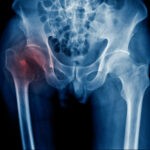
Most commonly caused by falls, the risk for hip fractures increases with age. Older adults are at the highest risk because of changes in bone structure and overall health. Medical complications from hip fractures can be life threatening. Because there are possible serious consequences, you should see your doctor or go to the Emergency Department […]
Read More....Rotator Cuff Tear
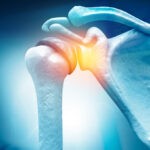
Rotator cuff tears are a common source of shoulder pain. The rotator cuff consists of four shoulder muscles and their tendons. Tendons are strong fibers that connect our muscles to our bones. The shoulder muscles and tendons cover the upper end of our arm bone forming a cuff. Your risk of a rotator cuff tear […]
Read More....




